Grade 7 field trip to Gobabeb
- Windhoek International School
- Oct 6, 2023
- 3 min read
From 18th - 22nd September, Grade 7 students camped in the Namib-Naukluft desert, based at Gobabeb, the Namib research institute. Here are some of the student reflections:
Night Walk
We all had a search party for scorpions using UV light, barking geckos, and white lady dancing spiders late at night. After we found the white lady dancing spider we found a gecko but not a barking gecko. Instead of the gecko species, we found a giant ground gecko. We found 8 small tree scorpions. We used a UV light to see the glowing exoskeleton on the scorpions. One of our students was busy walking before accidentally walking on the White Lady Dancing Spider, luckily the White Lady Spider survived by going into its burrow. We walked for about 20 minutes before finding the Large Ground Gecko which we thought was the Barking Gecko. We slowly watched as the Gecko was moving and then staying extremely still when it heard our noises. Geckos when they feel threatened, they make themselves bigger to make them seem more threatening. We learned the Camel-Thorn tree carries a relationship with scorpions.
Data Research
When we were at Gobabeb, we were put into 4 different groups (Barbie girls, Scorpions, Hunters, and Spiderman). Each group had a topic which they had to research about.
My group, which is group 1, Barbie girls, did soil temperature around Gobabeb. First, we made a plan for our experiment in our notebooks then in the morning we went to 3 areas in Gobabeb which were the Gravel plains, Dunes, and Riverbank. We then dug two holes in each area. One hole was 30cm deep and the other was 60cm deep. We placed a thermometer in both holes and waited 10 minutes. We wrote down all our results in a table and then went for a 2nd trial at the same holes in the afternoon.
In one of the other groups, named Scorpions, we tested soil permeability. We tested how much of the water would go through each of the 3 ecosystems (gravel plain soil, riverbank soil and sandsea soil). First, we went out to get 3 samples of each of the 3 ecosystems. We got each sample about 10 cm away from each other and then went back to Gobabeb. Then we had coffee filters and funnels that we used to pour the water through the sand. Whatever amount of water that was left at the bottom of the cup after 10 minutes, was the amount of water that was absorbed through the soil.
After the research, all four groups presented their findings to the rest of the students.
Sundowner and day walk
On the second day of our field trip in Gobabeb, we had a day walk. We first went into different groups and explored the river bank and learned about the different types of trees and plants that lived there and how they adapt to the individual ecosystem. When we started walking to the dunes we went through a path and before we reached the dunes we saw the most beautiful view and took lots of photos. Afterwards, we went to the dunes and we basically just played there. After playing in the dunes for a while we started heading home and cleaned ourselves up.
On the fourth day of our field trip in Gobabeb, we went at about 6:30 p.m. and started walking towards the dunes. When we arrived there we walked up to the top of the mountains and enjoyed the beautiful sunset. We also took photos but we also left right in time before it got too dark. We got to enjoy a nice relaxing and beautiful day on our last day that I think we all appreciated and liked.






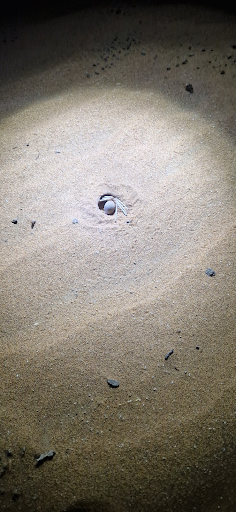

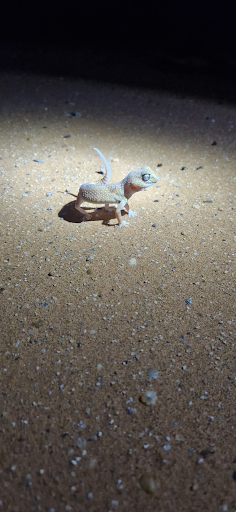
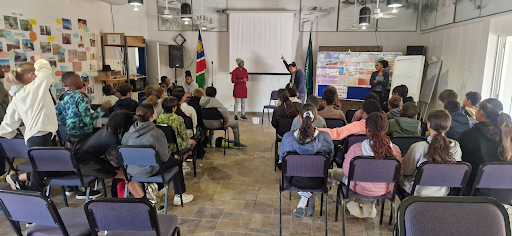

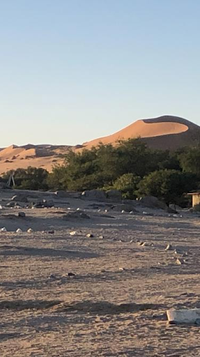
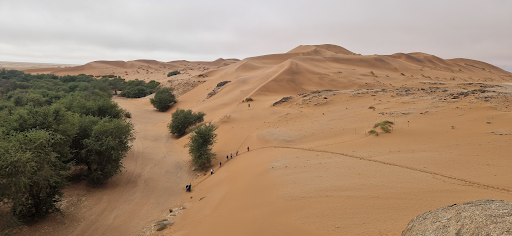

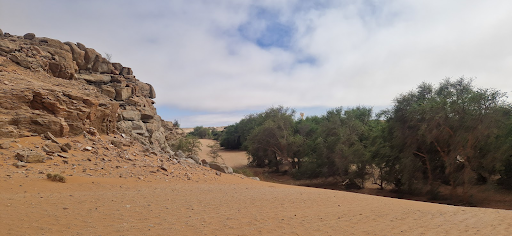




Comments